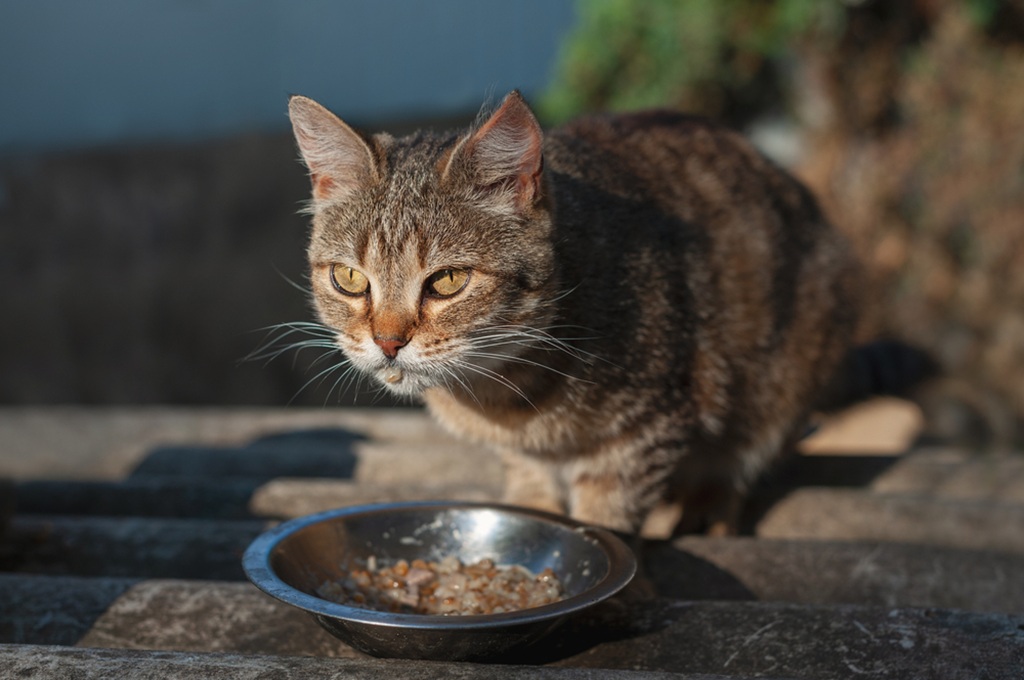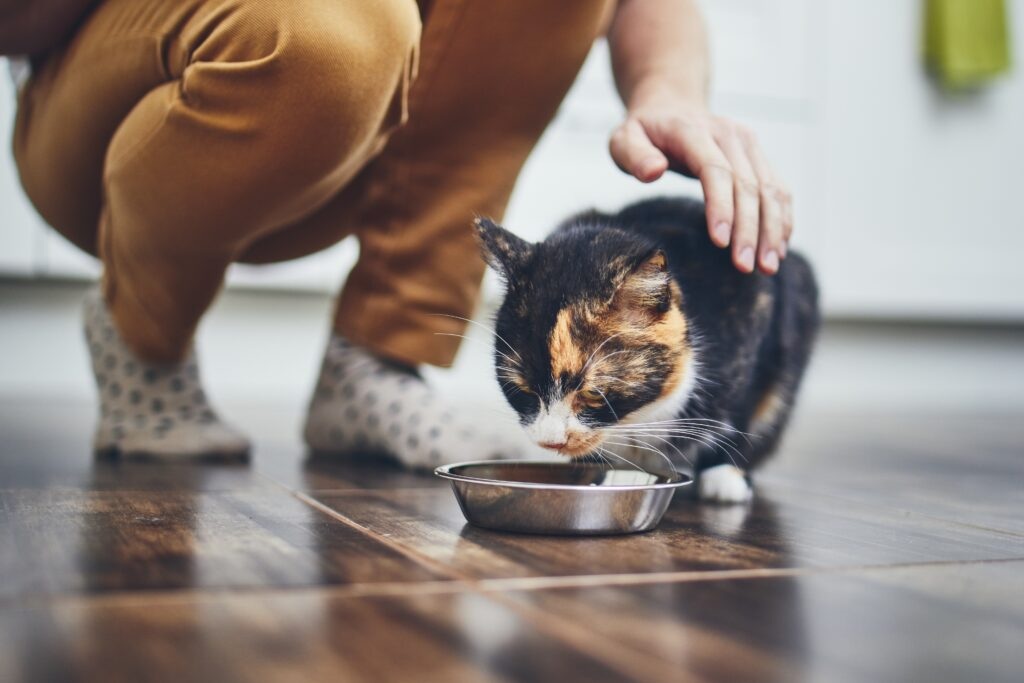Caring for a cat with both diabetes and kidney disease can feel like a daunting challenge. These two conditions require a carefully balanced diet to ensure your feline friend’s health is not compromised. Finding the best cat food for diabetic cats with kidney disease is critical in managing their blood sugar levels and supporting their kidney function. With proper nutrition, you can enhance their quality of life and longevity.
When searching for solutions, you might want to explore Homepetusa for expert insights on pet care and nutrition. The right diet ensures your cat receives optimal nourishment while managing their complex health needs.
Understanding the Challenges of Feeding Cats With Diabetes and Kidney Disease
Caring for a cat with diabetes involves controlling blood sugar through low-carb meals, while kidney disease necessitates reducing phosphorus and protein levels to protect kidney health. These dual requirements often conflict, making diet choices critical.
- Why is Diet So Important? Proper nutrition is a cornerstone of managing these conditions. High carbohydrates can worsen diabetes, while excessive protein and phosphorus may accelerate kidney damage.
- Balancing the Needs: Veterinary diets focus on addressing both conditions simultaneously, often involving prescription-grade formulas.
Key Nutritional Needs for Diabetic Cats With Kidney Disease
Low Carbohydrates for Diabetes Control
For diabetic cats, controlling carbohydrates is essential to stabilize blood sugar. Studies suggest a low-carb diet improves glycemic control significantly. Opt for foods with less than 10% carbohydrate content on a dry matter basis.
Reduced Protein for Kidney Support
Protein moderation helps in reducing the workload on kidneys. However, the protein quality should remain high to support overall health.
Low Phosphorus to Protect Kidney Function
Excess phosphorus can exacerbate kidney disease. Cat foods designed for renal support often include reduced phosphorus levels to minimize kidney stress.
Omega-3 Fatty Acids
These are vital in reducing inflammation and supporting kidney function. Fish oil supplements or foods enriched with omega-3s can be beneficial.
For additional tips, check out this guide on https://homepetusa.com/pet-care/how-to-teach-your-cat-to-use-a-litter-box-a-step-by-step-guide/.
Top-Rated Cat Foods for Managing Diabetes and Kidney Disease
- Hill’s Prescription Diet k/d + m/d Multi-Benefit Cat Food
This dual-purpose food is designed for cats with kidney disease and diabetes. It contains low carbohydrates, reduced phosphorus, and controlled protein levels, ensuring a balanced approach to both conditions. - Royal Canin Veterinary Diet Renal Support D
Renowned for its low phosphorus content, this food offers kidney protection while maintaining moderate carbs, which helps in managing diabetes effectively. - Purina Pro Plan Veterinary Diets DM
Specially formulated for diabetes management, this food features high-protein, low-carb content. For cats with concurrent kidney disease, it should be combined with phosphorus binders under veterinary guidance. - Blue Buffalo Natural Veterinary Diet KS + DM
This option combines the benefits of kidney and diabetes management by balancing carbs and moderating protein levels. It also includes natural ingredients, appealing to cats with sensitive stomachs.
Related: How Do I Know if Bed Bugs Are on My Dog and Cat
Tips for Feeding Cats With Diabetes and Kidney Disease
- Gradual Transition: Switching to a new diet must be gradual to prevent gastrointestinal upset.
- Hydration is Key: Cats with kidney disease often struggle with dehydration. Incorporating wet food or adding water to dry kibble can help.
- Small, Frequent Meals: Feeding smaller portions multiple times a day aids in better glucose control.
How to Incorporate These Foods in Your Cat’s Diet
Cats are creatures of habit, and introducing new foods may require patience. Slowly mix the new food with their current diet, increasing the proportion over 7–10 days. Consistency is critical—cats thrive on a predictable feeding schedule.
FAQs
What should I avoid feeding a cat with diabetes and kidney disease?
Avoid high-carb, high-phosphorus foods and steer clear of table scraps, especially those rich in fats or salts.
Can treats be given to cats with these conditions?
Yes, but choose vet-approved treats with low carbohydrates and phosphorus content.
How can I ensure my cat stays hydrated?
Offer fresh water at all times and incorporate wet food into their diet. You can also consider feline-specific hydration supplements.
Do prescription diets truly help manage both conditions?
Yes, prescription diets are formulated to address specific health needs, offering tailored nutrition to manage diabetes and kidney disease effectively.
Are homemade diets a good alternative?
Homemade diets can work but require consultation with a veterinary nutritionist to ensure they meet all dietary requirements.
Related: How to Deter Dogs From Digging Without Harming Them
Can supplements aid in managing these conditions?
Yes, omega-3 fatty acids, B vitamins, and probiotics can support kidney function and overall health, but always consult a vet before adding supplements.
Conclusion
Choosing the best cat food for diabetic cats with kidney disease is not just about convenience; it’s about ensuring your feline friend leads a healthier and happier life. By focusing on their unique nutritional needs, incorporating low-carb, low-phosphorus foods, and maintaining hydration, you can effectively manage their conditions. Explore options from trusted brands and consult your veterinarian for personalized recommendations.





